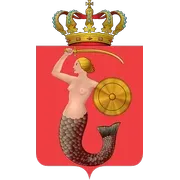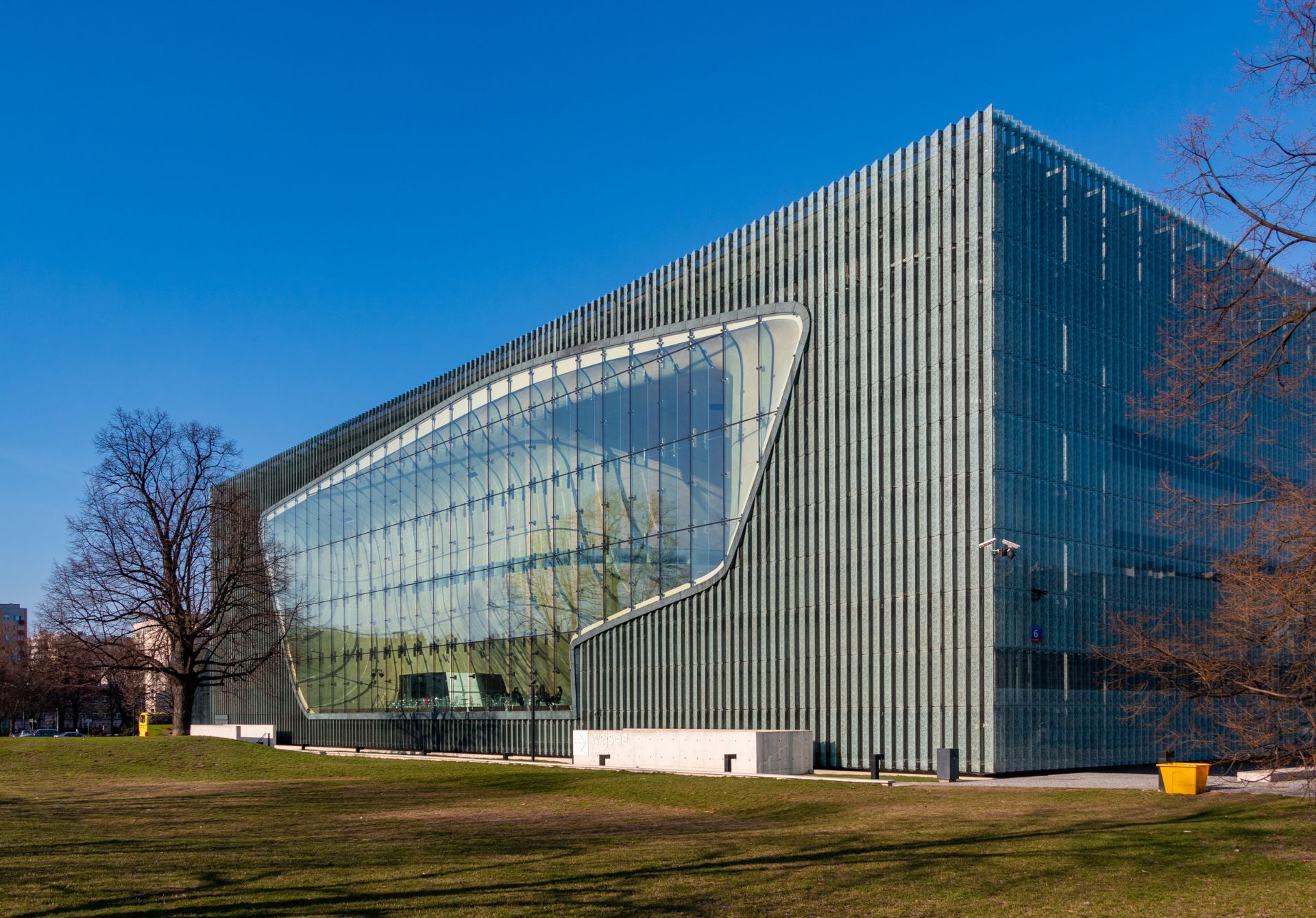Nestled in the heart of Warsaw’s former Jewish district, the POLIN Museum of the History of Polish Jews stands as a testament to the rich and complex history of Jewish life in Poland. This world-class institution, opened to the public in 2013, offers visitors a comprehensive and immersive experience that spans a thousand years of Polish-Jewish history.
The Genesis and Vision
The idea for the POLIN Museum was conceived in the 1990s by a group of Polish intellectuals, both Jewish and non-Jewish. Their vision was to create a space that would not only commemorate the Holocaust but also celebrate the vibrant Jewish culture that had flourished in Poland for centuries. The museum’s name, “POLIN,” is derived from a Hebrew word meaning “rest here,” reflecting a legend that divine providence led Jews to Poland.
After years of planning and construction, the museum officially opened its doors on April 19, 2013, coinciding with the 70th anniversary of the Warsaw Ghetto Uprising. The core exhibition, which forms the heart of the museum, was inaugurated in October 2014.
Architectural Marvel
The museum building itself is a work of art, designed by Finnish architects Rainer Mahlamäki and Ilmari Lahdelma. The structure’s most striking feature is its glass façade, which symbolizes the parting of the Red Sea. This design element not only serves as a powerful visual metaphor but also allows natural light to flood the interior, creating a sense of openness and hope.
Inside, the spacious hall is characterized by undulating walls that evoke feelings of movement and fluidity, reminiscent of the long and winding history of Polish Jews. The building’s design has garnered international acclaim, winning the prestigious Chicago Athenaeum International Architecture Award in 2008.
The Core Exhibition: A Journey Through Time
The museum’s core exhibition, spanning eight galleries over an area of 4,000 square meters, takes visitors on a chronological journey through the history of Polish Jews. Each gallery represents a different period, offering a multifaceted view of Jewish life in Poland from the Middle Ages to the present day.
1. First Encounters (960-1500)
This gallery explores the early settlement of Jews in Poland, showcasing how they were invited by Polish rulers and gradually established communities. Visitors can see replicas of early documents, including the Statute of Kalisz from 1264, which granted Jews legal protection and religious freedom.
2. Paradisus Iudaeorum (1569-1648)
Known as the “Golden Age” of Polish Jewry, this period saw significant growth in Jewish population and culture. The gallery features a reconstruction of a Renaissance-era synagogue roof and explores the flourishing of Jewish printing and scholarship.
3. Into the Country (1648-1772)
This section delves into the challenging times following the Khmelnytsky Uprising and examines how Jews adapted to new economic and social realities, including the rise of Hasidism.
4. Encounters with Modernity (1772-1914)
The gallery explores the impact of the Partitions of Poland and the subsequent modernization and acculturation of Polish Jews, featuring multimedia presentations on Jewish involvement in industry, politics, and culture.
5. On the Jewish Street (1918-1939)
This vibrant gallery recreates the atmosphere of interwar Poland, showcasing the diversity of Jewish life through film clips, music, and interactive displays.
6. Holocaust (1939-1945)
A somber and powerful space, this gallery presents the tragedy of the Holocaust through personal stories, artifacts, and testimonies, emphasizing both the brutality of the Nazi regime and the resilience of Jewish victims and survivors.
7. Postwar Years (1944-present)
The final gallery examines the complex history of Polish Jews after World War II, including emigration, antisemitism under communist rule, and the revival of Jewish life in contemporary Poland.
Beyond the Core Exhibition
POLIN Museum offers much more than its permanent exhibition. It hosts temporary exhibitions, educational programs, and cultural events that contribute to its mission of fostering dialogue and understanding. The museum’s Resource Center provides access to a vast collection of digital archives, allowing visitors to delve deeper into their personal or academic research.
The museum also houses a cutting-edge education center, which offers workshops, lectures, and interactive programs for students, teachers, and the general public. These initiatives aim to promote tolerance and combat antisemitism by providing a deeper understanding of Jewish history and culture.
Impact and Recognition
Since its opening, POLIN Museum has received widespread acclaim and numerous awards. In 2016, it was honored with the European Museum of the Year Award, recognizing its innovative approach to presenting history and its contribution to promoting dialogue and understanding.
The museum has also played a significant role in the ongoing process of Polish-Jewish reconciliation. By presenting a nuanced and comprehensive view of Polish-Jewish relations over the centuries, it has helped to challenge stereotypes and foster a more open discussion about this complex history.
The POLIN Museum of the History of Polish Jews stands as a beacon of cultural understanding and historical preservation. Through its innovative design, comprehensive exhibitions, and educational initiatives, it offers visitors a unique opportunity to explore the rich tapestry of Polish-Jewish heritage. More than just a museum, POLIN serves as a platform for dialogue, reflection, and the celebration of a shared history that spans a millennium. As Poland continues to grapple with its past and shape its future, the POLIN Museum remains an essential institution for anyone seeking to understand the profound impact of Jewish culture on Polish society and the broader European narrative.

